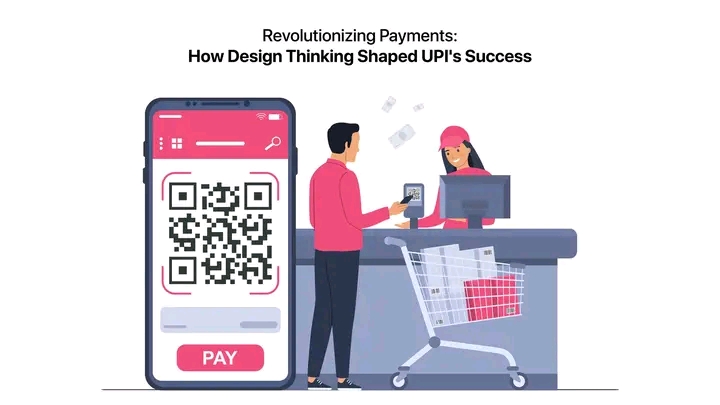Design Stories
REVOLUTIONIZING PAYMENTS:
HOW DESIGN THINKING SHAPED UPI'S SUCCESS

Understanding the Problem:
Extensive research was conducted to understand the diverse needs and identify the Antipatterns of potential users, including individuals from rural communities and those with limited technological literacy. This user research helped create a Cartographic view for creating a secure, accessible, and interoperable payment system for everyone in India.
Multiple Stakeholders
A team of stakeholders, including banks, fintech companies, and government representatives, brainstormed innovative solutions. A pilot program was launched in a few cities, allowing users and businesses to test and provide feedback on the initial UPI app. Based on the feedback from its end-user, the platform was continuously improved, making it simpler, faster, and more secure.
UPI’s journey is a shining example of how Design Thinking can redefine the financial landscape, not just in India, but across the globe.

